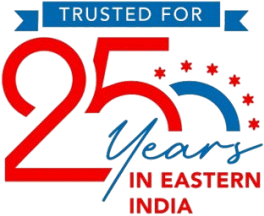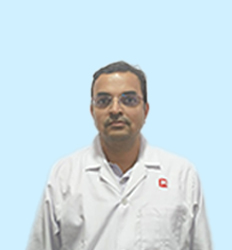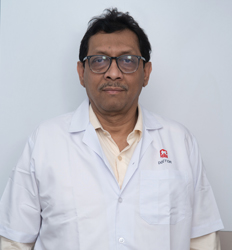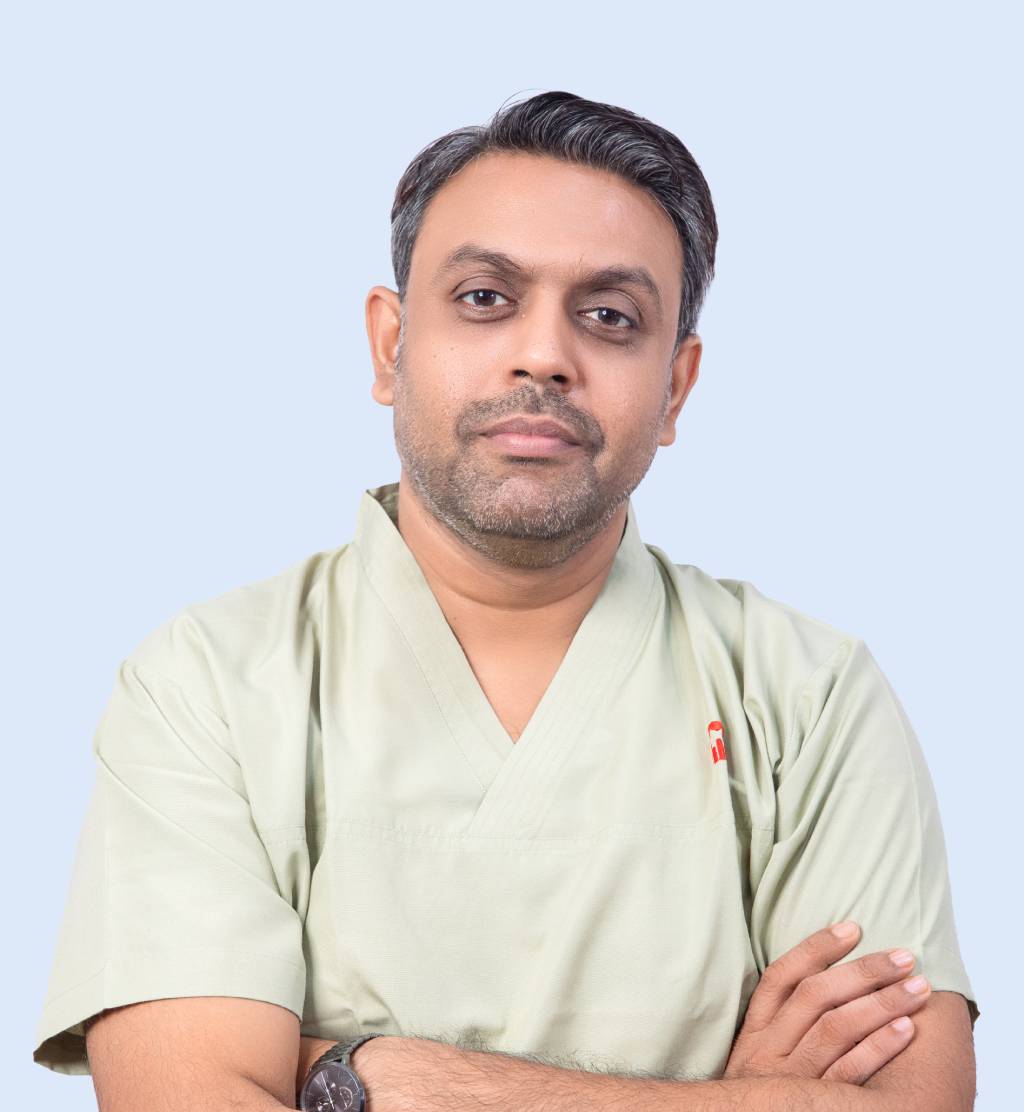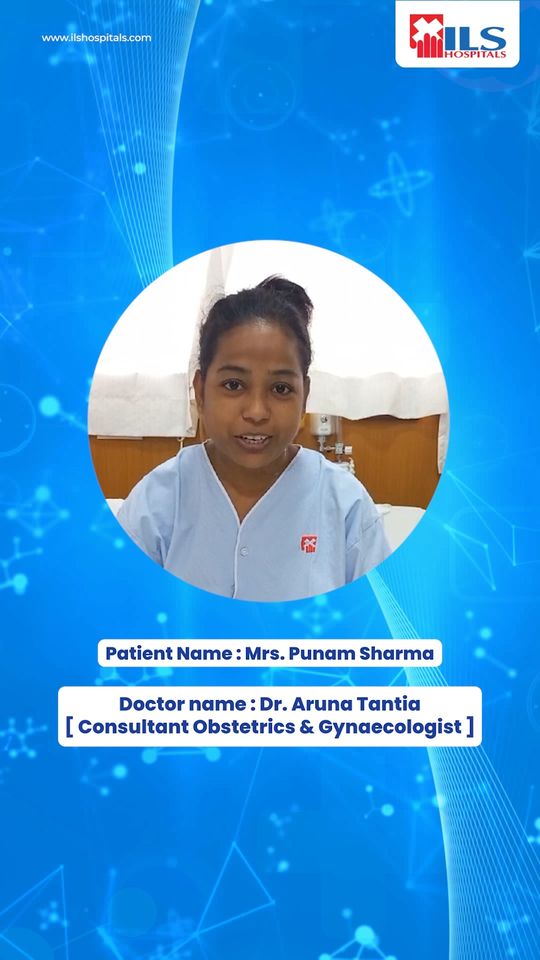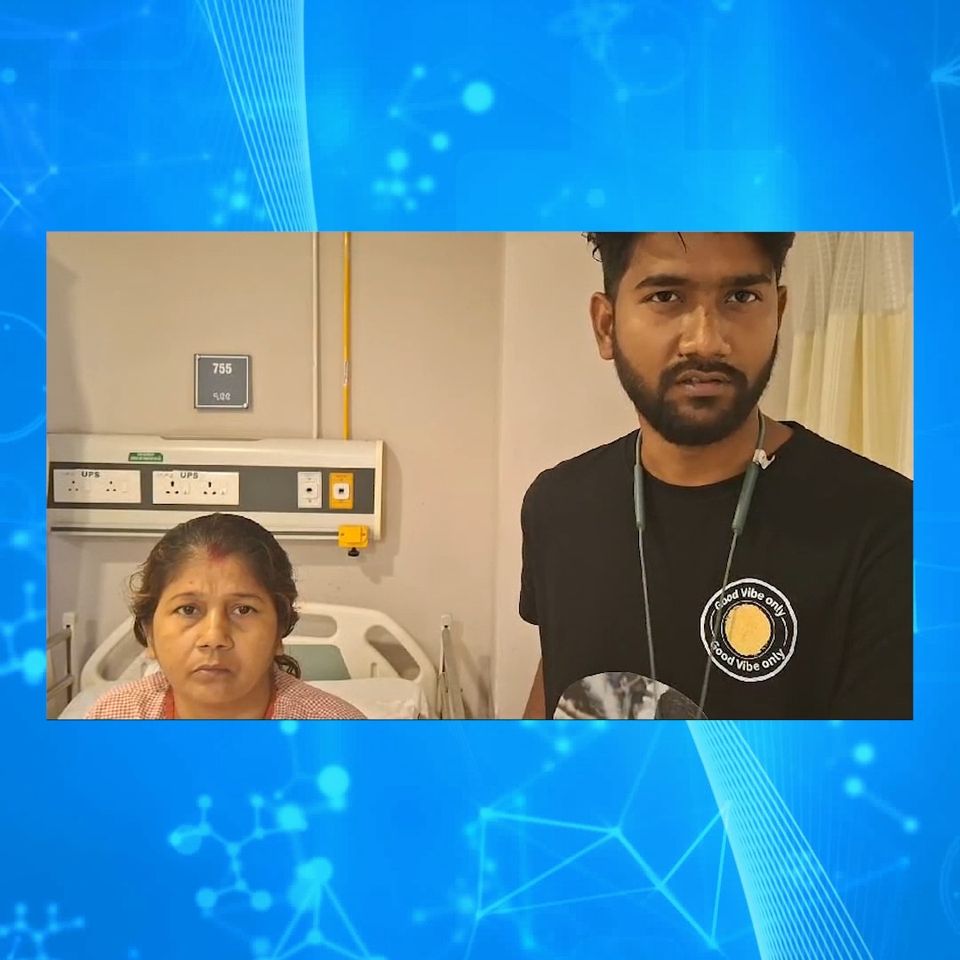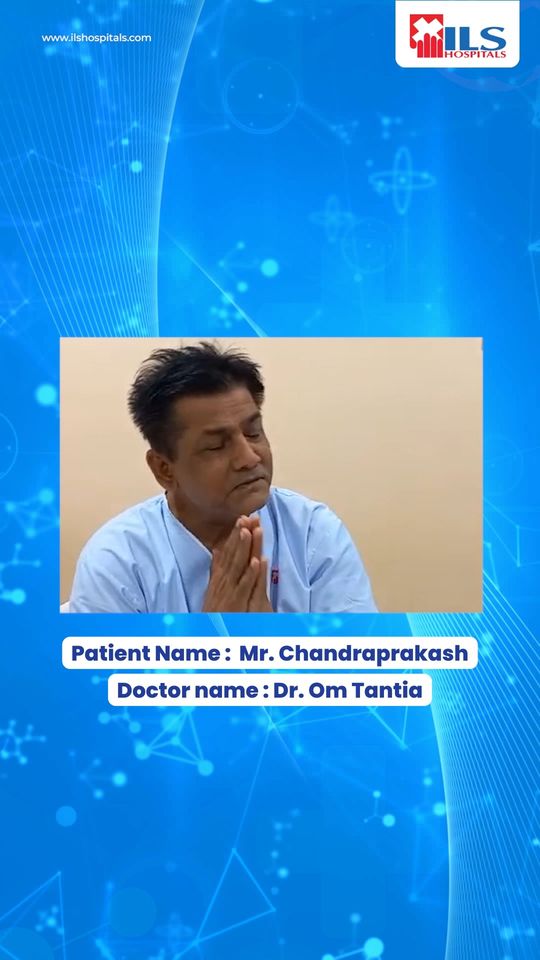Understanding TURP: A Comprehensive Guide to the Urology Procedure
When it comes to urological concerns, staying informed about available treatments is crucial. Transurethral Resection of the Prostate (TURP) is a urology procedure designed to address issues related to an enlarged prostate, offering relief to those experiencing symptoms that impact their quality of life. In this blog post, we’ll delve into the details of TURP, exploring its purpose, the procedure itself, and what patients can expect during and after the treatment.
What is TURP?
TURP, or Transurethral Resection of the Prostate, is a common urological procedure used to treat benign prostatic hyperplasia (BPH). BPH is a non-cancerous enlargement of the prostate gland, a condition frequently observed in aging men. This enlargement can lead to various urinary issues, including difficulty urinating, frequent urges, and incomplete emptying of the bladder.
Purpose of TURP:
The primary goal of TURP is to relieve symptoms associated with an enlarged prostate. By removing excess tissue from the prostate, this procedure aims to alleviate urinary obstruction and improve the flow of urine. While TURP is not a treatment for prostate cancer, it has proven highly effective in enhancing the quality of life for individuals dealing with the impact of BPH.
The TURP Procedure:
- Preparation: Before the procedure, patients may undergo various tests to assess their overall health. It’s essential to inform the medical team about any medications, allergies, or pre-existing conditions.
- Anaesthesia: TURP is typically performed under spinal or general anaesthesia, ensuring the patient is comfortable and pain-free during the procedure.
- Resection Process: A specialized instrument called a resectoscope is inserted into the urethra. This instrument allows the surgeon to view the prostate and remove excess tissue using electrical current or laser energy.
- Removal of Tissue: The surgeon carefully trims away the obstructive prostate tissue, creating a channel for improved urine flow.
- Post-Procedure: Once the excess tissue is removed, a catheter may be temporarily placed to aid in urine drainage. Patients are closely monitored during the initial recovery period.
Recovery and Aftercare:
- Hospital Stay: Most patients can expect to stay in the hospital for a day or two after the procedure to ensure a smooth recovery.
- Catheter Removal: The catheter is typically removed a day or two after the surgery, depending on the individual’s recovery progress.
- Resuming Activities: While strenuous activities should be avoided initially, patients can gradually resume normal activities as guided by their healthcare provider.
- Follow-up Care: Regular follow-up appointments allow the medical team to monitor progress, address any concerns, and ensure optimal recovery.
Conclusion:
TURP is a well-established urology procedure with a high success rate in relieving symptoms associated with an enlarged prostate. If you or a loved one is experiencing urinary issues, consulting with an urologist at ILS Hospitals can provide valuable insights into whether TURP is the right solution for you. Prioritize your urological health and explore the options available to reclaim a life free from the limitations imposed by an enlarged prostate.
